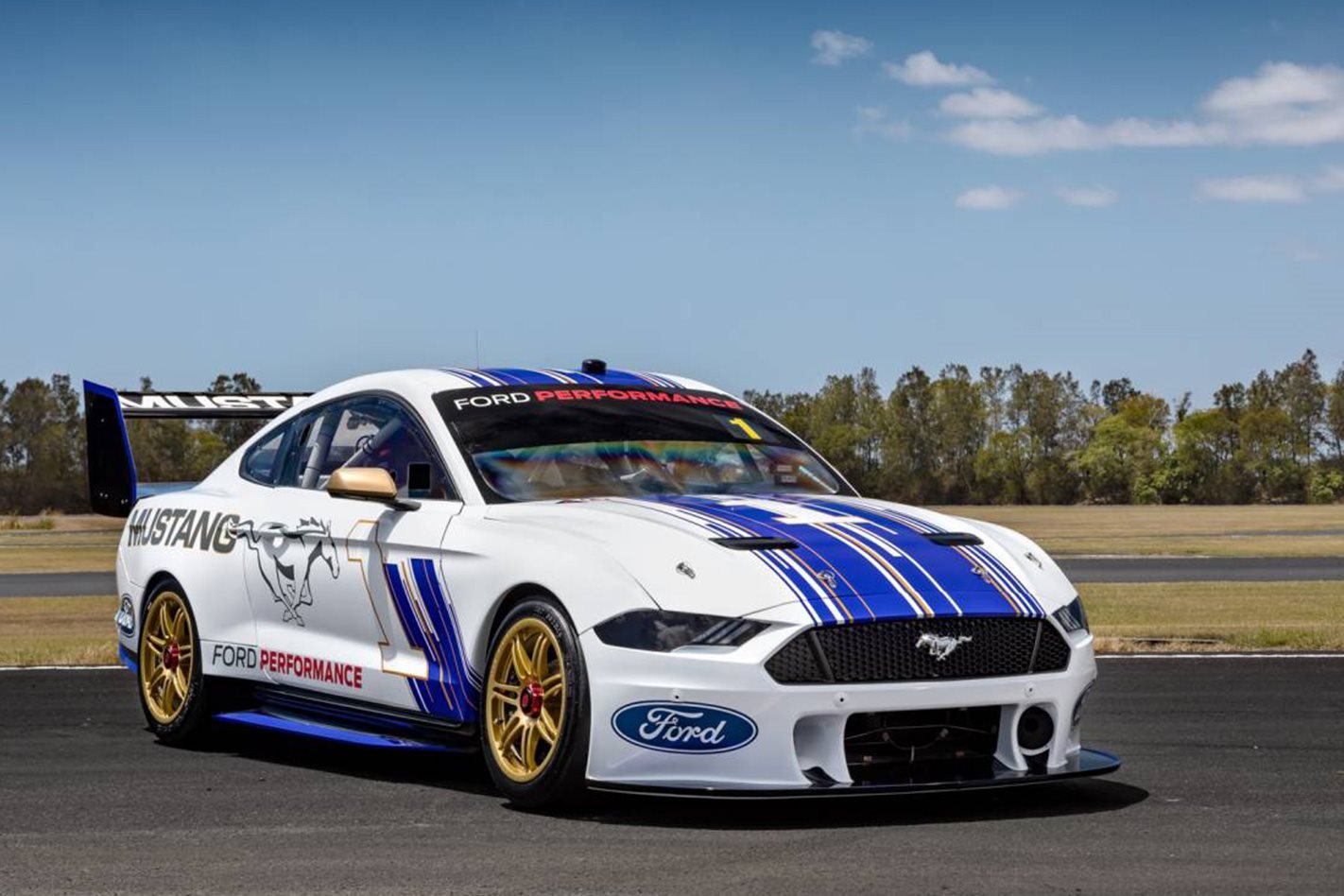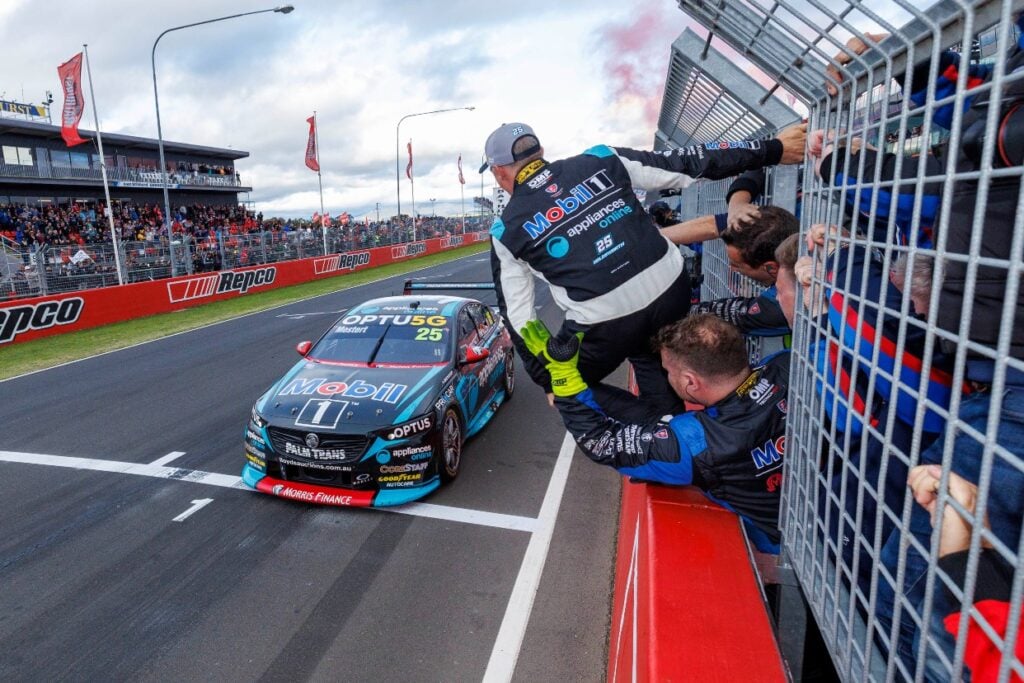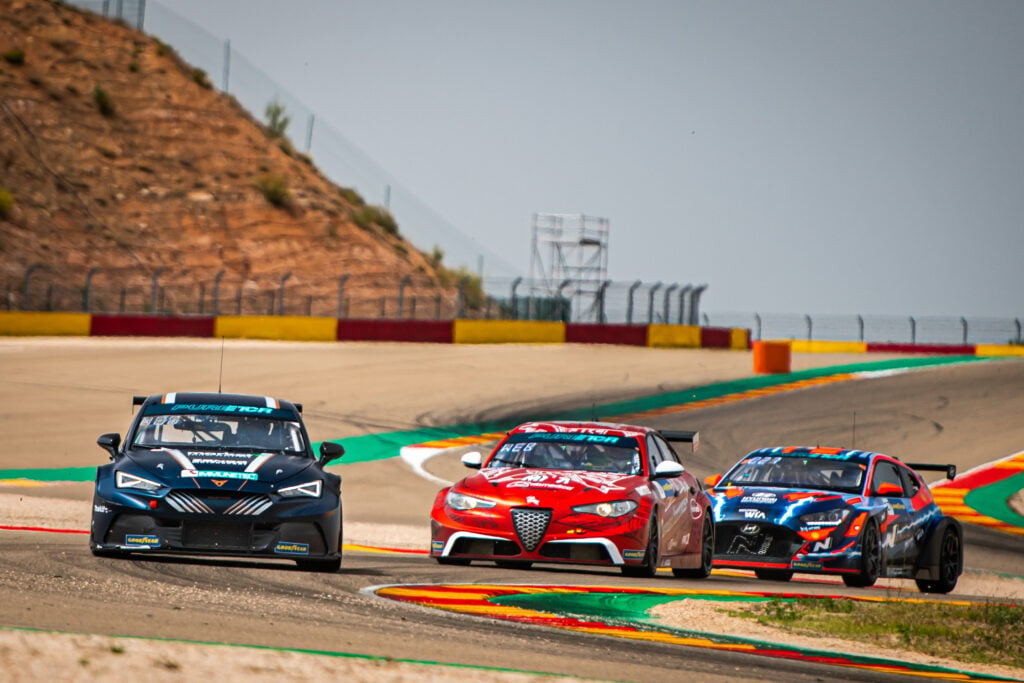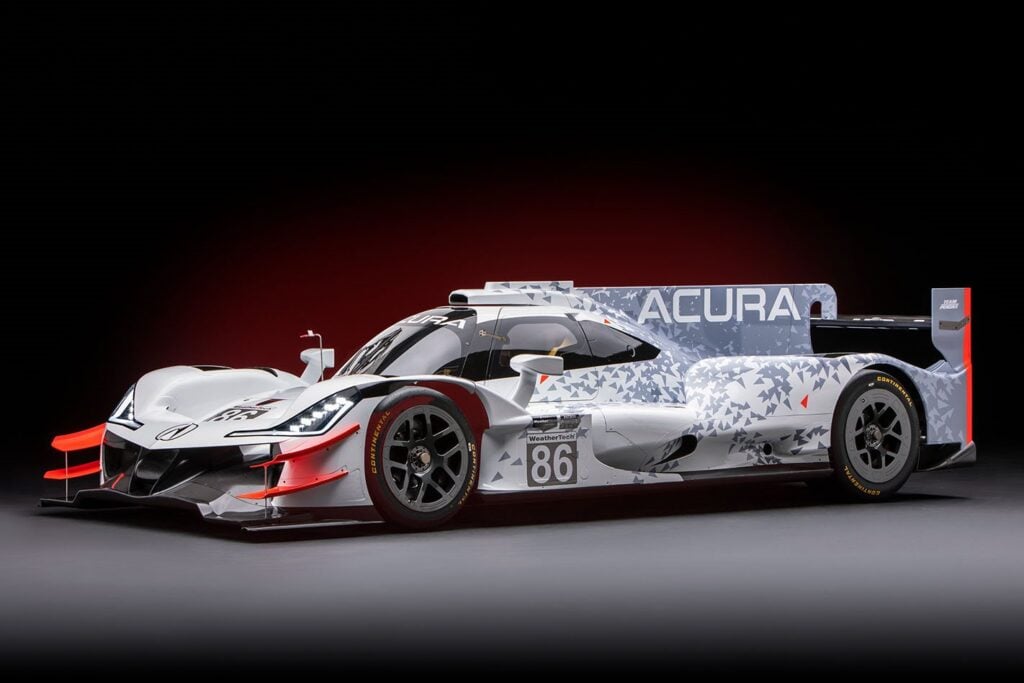THERE’S no getting around the fact that Ford’s Mustang Supercar is a bit of an odd looker. It’s strangely distorted, as if typical Mustang design cues have been grafted onto an altogether different car. That’s largely because they have. There are, however, very good reasons why the Mustang looks like this, most – but not all of them – intrinsically linked to Supercars regulations.
1 – IT’S NOT A CLEAN SHEET DESIGN
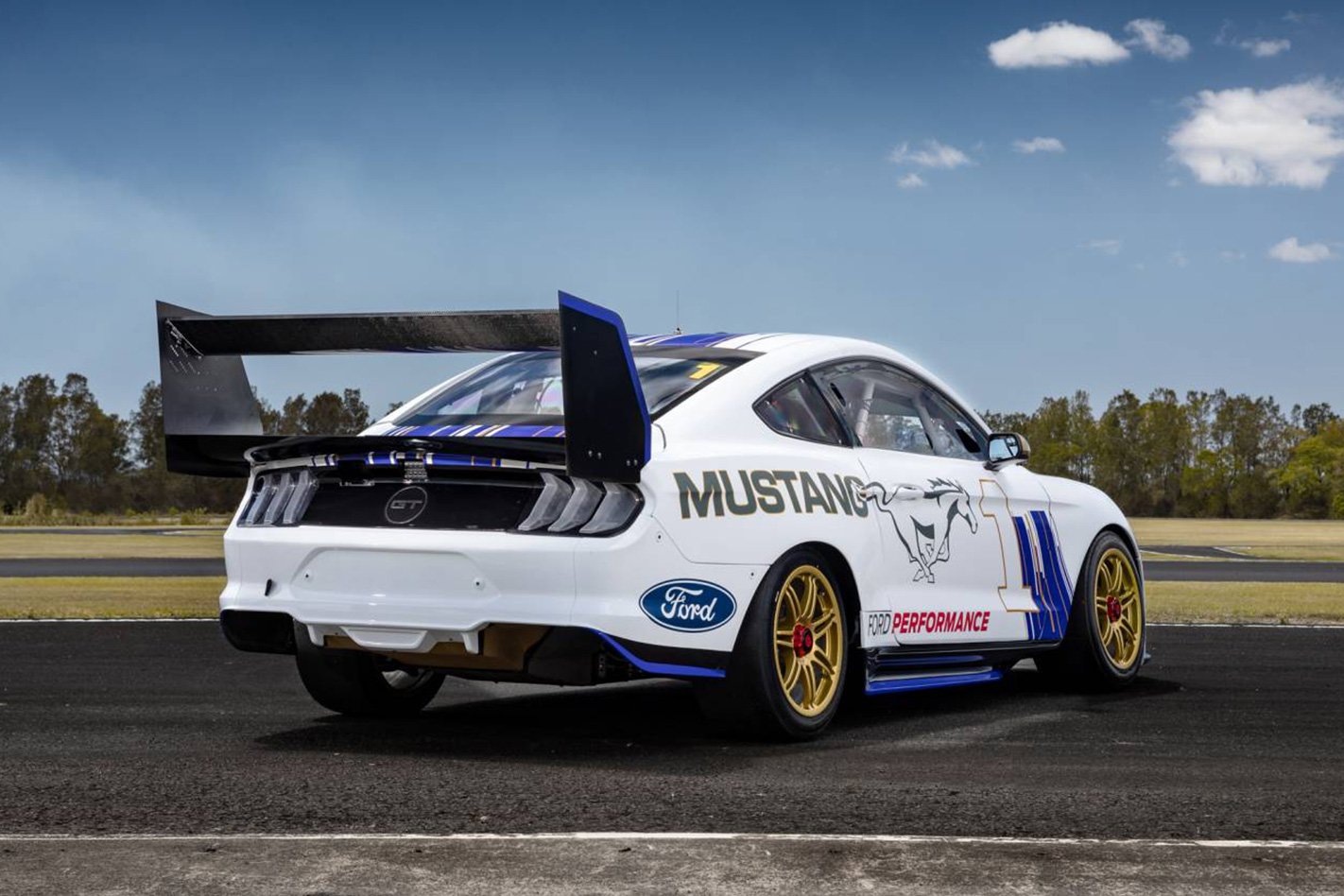
A significant amount of carry-over was necessary so that teams campaigning existing Falcon Supercars can, in effect cloak their legacy chassis with the new Mustang composite panels. The six Mustangs that are expected to take to the grid at the Adelaide 500 for the season opener on March 3rd will comprise a mix of box-fresh ‘Stangs and rebodied Falcons.
2 – FORD RAN OUT OF TIME
The planning and delivery schedules for the Mustang were crazy. DJR Team Penske was just one part of a massive co-ordinated effort involving Ford Australia, Tickford Racing and Ford Performance in Michigan. The very first meeting occurred in March 2018, and the body was completed in November just in time for a December homologation deadline. “Give us a year, give us another six months and to be fair … we would have changed a couple of things on that car to make it look nicer,” admitted DJRTP’s design director Ludo Lacroix. “But we did not have another six months.”

3 – IT HAD TO CONFORM TO SUPERCARS-MANDATED HARD POINTS
The Gen2 Supercar chassis has dictated that the Mustang Supercar is significantly longer and narrower than the road car. The engine’s position as well as that of the fuel tank and driver are fixed, which also has an effect on the shape in a formula still geared towards legacy sedans. The roll hoop height is another thing that Ford hasn’t been able to change and it’s this, more than anything, that has created the lugubrious-looking glasshouse. Couple that with a low front end a high tail and you have a profile that bears less resemblance to the road car than DJRTP would have liked.

4 – IT COULD HAVE LOOKED FAR WORSE
We like Todd Willing’s team at Ford Design in Melbourne. They’re a talented bunch who did their level best to maintain some sort of connection to the Mustang road car. But there’s only so much they can do when mandated design criteria means that the proportions are so radically altered.
5 – AERO REQUIREMENTS HAVE ALSO SHAPED THAT PROFILE
Ford Performance in the US performed much of the computational fluid dynamics (CFD) work on the Mustang Supercar due to the fact that physical wind tunnel testing is banned. The rear deck extension that seems to ruin the visual flow of the car to its tail is there to quieten the airflow before it hits the rear wing, in effect trying to mirror the advantage a sedan would enjoy in that regard. While Supercars attempts to enforce a measure of parity amongst its entrants in terms of straightline downforce, Ford Performance is attempting to leverage marginal gains in terms of cornering aero balance, hence the complexity of the endplates and side sills.
Ford seems to be hitting all of its performance marks with pre-season testing and there’s more than a ring of truth to one of the oldest adages in racing. There’s no such thing as an ugly car on victory road.


